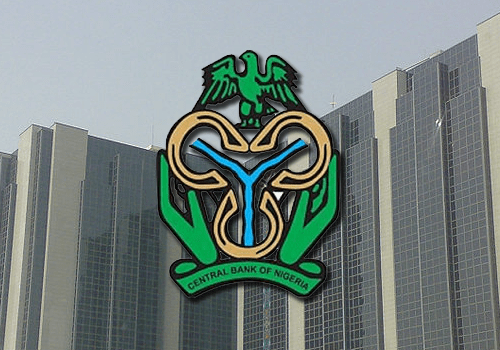Business
Inflation intensity threatens CBN single digit target

An indication has emerged that the Central Bank of Nigeria’s (CBN) single digit inflation target may be defeated in 2015.
The signal arises from the apex bank inability to tame the continuous increase in the nation’s general price records with its contractionary policies and measures.
In the last six months, the economy has experienced some price instability due to the six consecutive
uptick movements in general prices of goods and services in the nation.
This could be attributed to the lingering fuel scarcity in the country with its spiral implications on price.
Over this period, the apex bank has maintained systemic watch on liquidity; an approach that aims at controlling money supply into the economy.
But, analysts are of the opinion that the CBN unchecked tightening stance has cost the economy significant lost of private sector led investment flow as interest rate environment remains unfriendly for real sector economic growth.
As a result, the level of participation of private sector contribution to the economy via small and medium scale entrepreneurial development has been low while imported goods dominate the private goods market. Stakeholders agreed that the trend is having negative effects on household consumption pattern. Thus, there is mounting protest that rising general prices have decreased consumers
spending power, leaving a wider gap between cost and standard of living of the citizen.
With costing of living is getting dire, and wages static, many analysts believe that the economy could
be easily slip into stagflation given the precarious position of government revenue, as well as standard of living moving downward in the period for the people at the low end economic class. There is also further fear that the recent review of the cash reserve ratio, CRR, by the Monetary
Policy Committee of the CBN, from 75 percent and 20 percent for public and private sectors funds respectively to a unified 33 percent may spike further inflation challenges if not carefully managed.
By this review, more funds will be available to banks for their operations, some of which may go into consumer credit and import. In spite of the country’s large consumer base, consumption of locally made goods is nearing intervention level as aggregate consumption for imported continue to skyrocket.
This has negatively placed the economy on line as Gross Domestic Product (GDP) growth
recorded at 2-Year low in 2015 given recent statistics from the Bureau of Statistics. According to data
available from the Nigeria Bureau of Statistics, the economy expanded at 3.96 per cent year on year in the first quarter of fiscal year 2015, the lowest growth since the last quarter of 2012.
That indicates that the GDP went south by 11.57 per cent in the first quarter of the fiscal year 2015 compare with the equivalent period in 2014. According to data, the period recorded the third straight quarter of slow down as lower oil prices and supply constraints took a toll on the performance of the economy.
The economy advanced by 5.94 per cent in the last quarter of 2014 and 6.21 per cent a year earlier. Mr. Jide Famodun, Principal Research Analyst at Leverage consulting, a corporate research and consulting firm in Lagos, said that low consumer spending
signposts low economic growth potential for the nation. Beside the fact that it shows there
is downturn in economic prosperity of the nation, it deters additional private investment for productive capacity. According to him, this is expected if some tiers of government are owing as much as six month salary. Then, it means inflation will go up further when these backlogs of government recurrent expenditure are settled because more money will continue to chasing
fewer locally produced goods. The supplement goods by the way of import come to
the economy at a cost. The nation’s headline inflation moved up by 0.2 per cent to berth at 8.7 per cent for the month of April, as against 8.5 per cent for the month of March.
According to the Nigeria Bureau of Statistics, the figure is the highest level the economy witnessed
since July 2013, mainly drive by food cost. However, given the pattern of latest movement in inflation rate, analysts said that the effect of the currency devaluation has started reflecting, which means that more may yet to come. This was largely in line with most analysts forecast and
expectations. As they anticipated inflation trend pressure to intensify in first quarter of the year due to the weakness of the domestic currency over the past six months. This had
a knock-on impact on prices of both imported food and non-food items.
All sub-indexes increased at a faster pace than in March except for prices of recreation, culture and communication.
Food costs accounted for most of the increase and recorded the highest rate, at 9.5 per cent from 9.4 per cent in March.
Additional upward pressure came from housing and utilities at 6.9 per cent, clothing and footwear
at 8.8 per cent and transport at 7.8 per cent. While the inflation rate stands at 8.7 per cent, core inflation moved up to 7.7 per cent from 7.5 per cent in March. As well, consumer price index
rose to 168.40 per cent from 166.90 per cent. Also, core consumers’ prices jumped to 166.20 per
cent from 164.80 per cent in the period.



